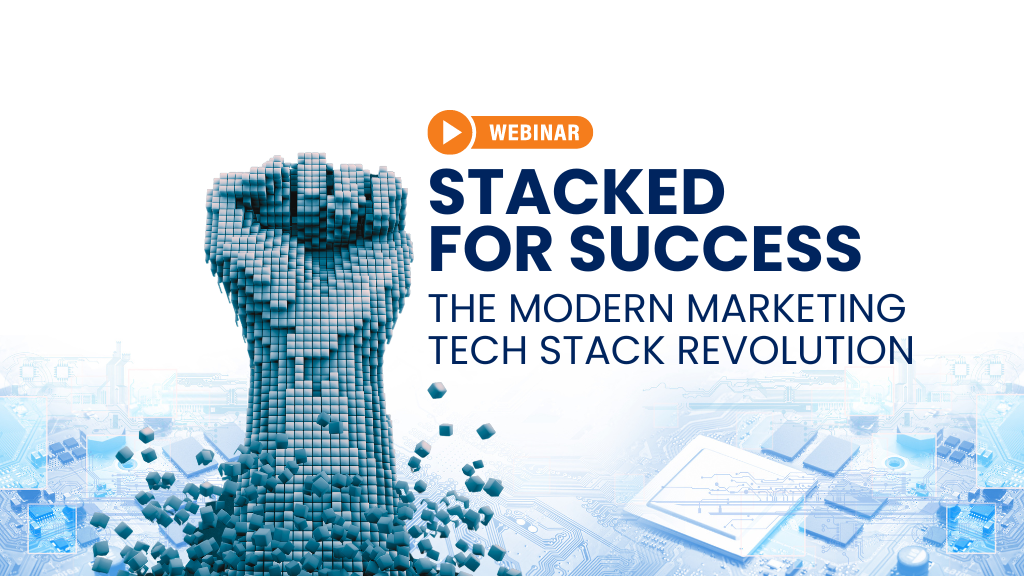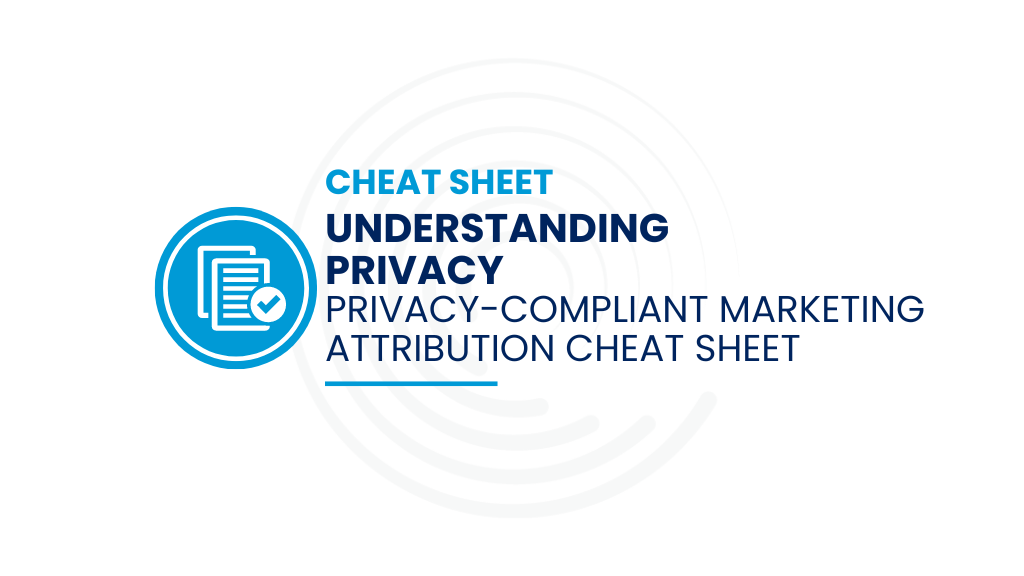B2B marketers have been using account-based marketing (ABM) strategies for well over a decade, but several recent developments accelerated marketing’s shift to ABM, including the pandemic. HubSpot calculates 70% of marketers reported using ABM last year, a 15% increase since 2020. However, response-based marketing (RBM) is still widely used and important to consider when strategizing.
What’s the difference between the two strategies and how do you know which marketing approach is right for you? Put simply, RBM is focused on people, while ABM is focused on accounts. The right strategy for your marketing operation depends on whom you want to target – people or accounts – and how you define your ideal customer profile (ICP).
An ICP can be an individual or a company. For RBM, marketers typically define a person, e.g., a title role like CEO, and focus on specific people with that title. Sometimes they include company details, like annual revenue, but for response campaigns, the ICP tends to be defined broadly. That’s a contrast with ABM, which is focused on accounts, not people.
Flip My Funnel and ABM
The flip my funnel concept Sangram Vajre at Terminus created several years ago was a significant “a-ha” moment. The traditional response B2B marketing-sales funnel is shaped like an inverted pyramid. Marketers create awareness and leads at the top, and the goal is to qualify and convert leads to closed/won accounts at the bottom.
The flip my funnel technique overturns that model, identifying accounts at the top for a more targeted customer experience, deriving an expanded set of individuals from identified accounts and engaging them through a funnel that is broader at the bottom. Conceptually, the flip my funnel technique is account-focused and more precisely targeted.
The Forrester B2B Revenue Waterfall is a more recent iteration of the ABM concept and serves as an excellent framework for that strategy since it starts by defining accounts, including candidate companies that fit the defined ICP and current customer accounts. The next step is defining targeted opportunities, i.e., acquisition for prospective accounts and retention, upsell or cross-sell for current accounts.
ABM Works Best in Most B2B Scenarios
An RBM strategy can work well in a situation where a marketing team is targeting a specific persona that exists within most companies (a CEO, for example) and where the offer applies to virtually every company. In that scenario, generating leads broadly can be effective, but that’s not the case in most B2B marketing situations.
For the vast majority of B2B marketing scenarios, ABM works better than an RBM strategy. B2B marketers tend to sell products to a highly specific ICP, and B2B sales usually involve multiple buyers who conduct their own research at different stages of the sales cycle. That makes a targeted approach a better fit since marketers with an ABM strategy can identify and target members of the buying group to deliver the right content at the right time.
Closer alignment between the marketing and sales teams is another significant advantage of using an ABM strategy. Sales teams have always thought of the sales process in terms of accounts and the people with various roles in those accounts whose influence is needed for a sale, so an ABM approach has the two teams speaking the same language.
Also consider that ABM measurement innovations like Full Circle ABM, which lets you measure target account activation inside the CRM and progress through the funnel, gives marketing the opportunity to improve campaign investment efficiency. It also helps marketing and sales improve process efficiency around a single source of data truth: the CRM.
Digital technology and measurement innovation have finally caught up with ABM, enabling targeted marketing at scale and measurement along that way. This is why ABM is increasingly the strategy of choice for B2B marketers, and why it’s the right choice for your B2B marketing team, too.
Save this eBook for later.
Learn how to measure and engage key accounts, and identify top intent providers to enhance your ABM strategy.







